Why Telling Your Story Matters: Thoughts from Daniel Taylor
Why Telling Your Story Matters: Thoughts from Daniel Taylor
If you’ve been watching my YouTube Live Series on Story Feasting, you’ll know I think your story matters. Today, I’m sharing some thoughts from one of my favorite authors on story: Dr. Daniel Taylor. Read on to learn why you should share your stories, how you were born to tell stories, and how to get over the fear of writing down stories.
Daniel Taylor on Storytelling
In his book, Creating a Spiritual Legacy, Daniel Taylor, a wise man and scholar of story, cheers on ‘every woman/man’ to “just do it,” get out there and tell a story. Not only does he encourage us; he actually shows us how to write our stories with some specific, short exercises. He includes stories from a broad spectrum of folks, old and young, to show us that leaving legacies is for everyone. Here’s a brief quote addressing the question, “why story?”.
Why storytelling matters
“Stories are, among other things, organisms for storing and preserving a life. But they do not do so in a static, mothballed way. Stories do not preserve our lives in the same way that mummification preserves a body or quite in the way that a battery preserves a charge. Rather, stories preserve a life in the way a plant preserves the sun. They absorb and embody the energy and dynamism of a life as a tree ties up the energy of the sun in its limbs, ready to be released again should someone strike a match.” Daniel Taylor, Creating a Spiritual Legacy
How you were born to tell stories:
“Everyone, I have claimed, has the ability to tell a story, and particularly a story from their own life. You do not have to be taught how to tell a story, or need “five secrets to good storytelling ” articles, or advice from people like me. Telling stories is as natural as breathing, and you have been doing it since before you could talk (pointing and crying and making faces being among our first storytelling strategies).” Daniel Taylor, Creating a Spiritual Legacy
Why you should write your stories down
To persuade us to write these stories down so that they may remain as a legacy, Taylor offers much-needed reality checks:
“We have this deep-seated misconception that anyone can talk but only writers can write – as though putting our story on paper puts us in competition with Tolstoi. Let it go. You’re not competing with Tolstoi. You’re competing with oblivion, which is what you’ll have if you don’t pass on your stories. Any story, whether beautifully or primitively written, is a strike against being forgotten.” Daniel Taylor, Creating a Spiritual Legacy
Check out this book and Daniel Taylor’s other excellent book on sharing story, Tell Me a Story. In both, you will find motivation as well as helpful instructions for writing down your stories. Making lists of stories and characters, organizing around scenes, and telling the truth are just a few of the many excellent suggestions he offers. Write a story. Leave a legacy.
And if you’ve always wanted to share your story, especially to write it down, but don’t know where to start, consider working with me as your coach. Sometimes it takes another person to spur you through the hard parts of getting that story down.
Never miss another Living Story post — sign up here to receive Living Story in your inbox once or twice a week. (And if you enjoyed this, please share!). Thanks!
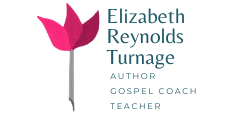
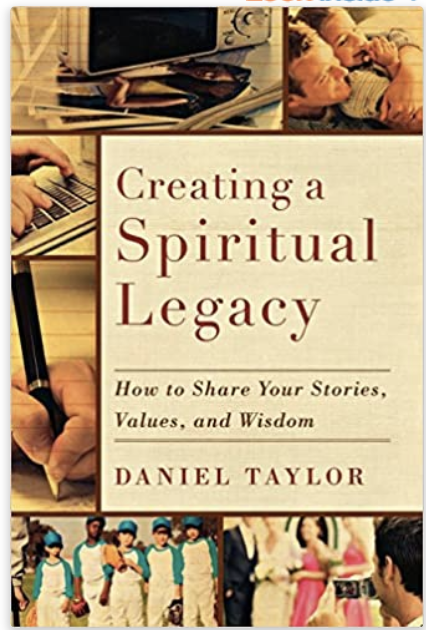
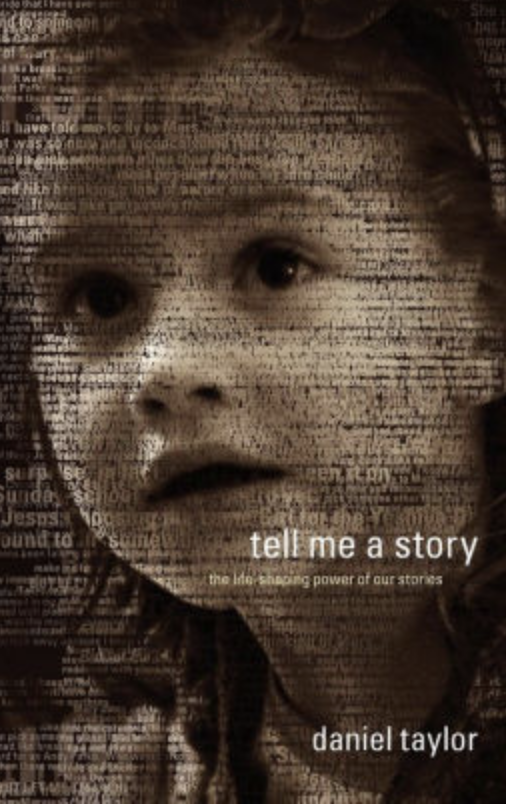
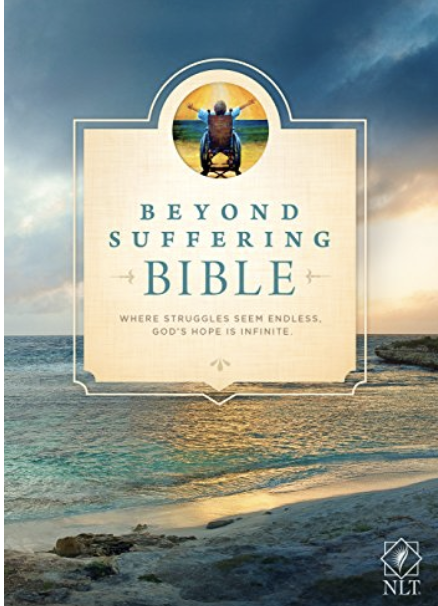
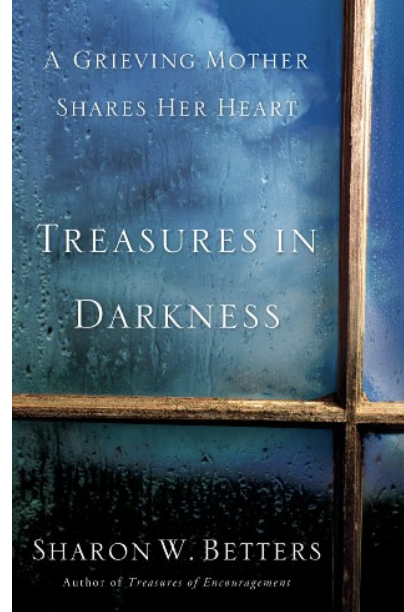
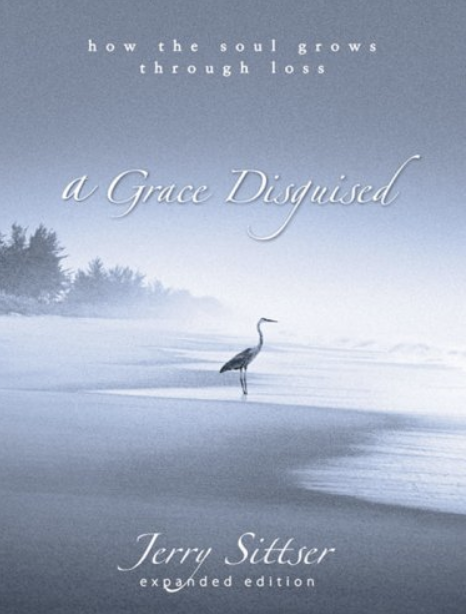
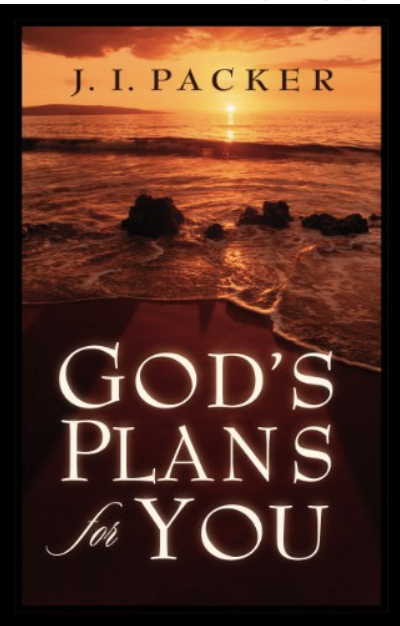
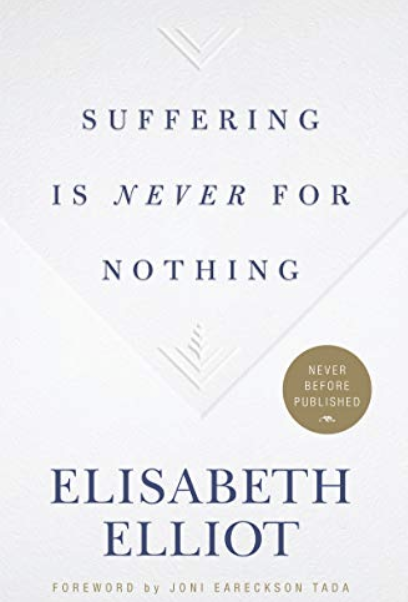
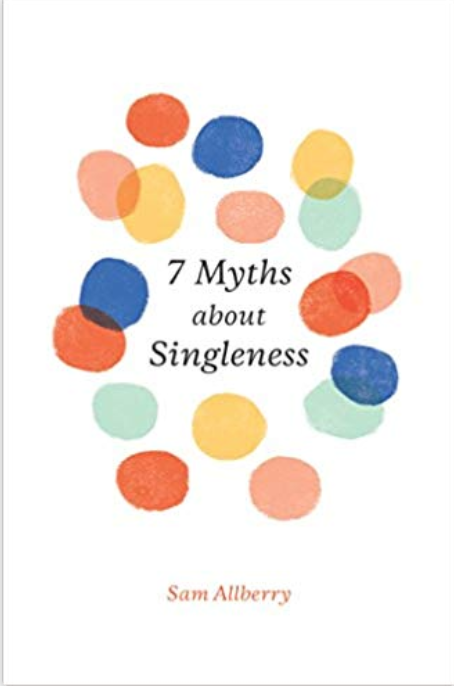
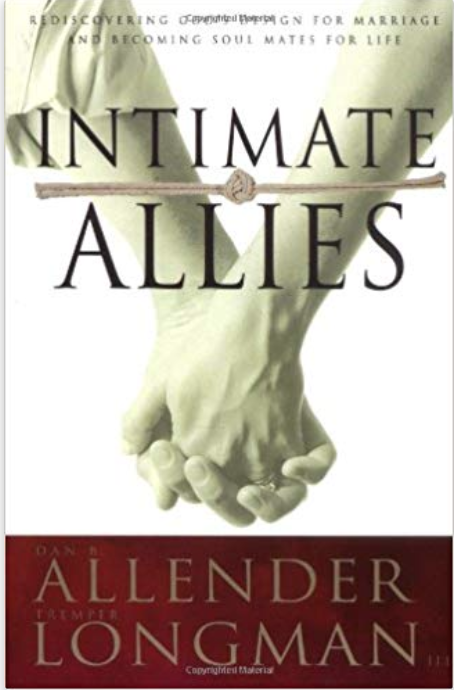
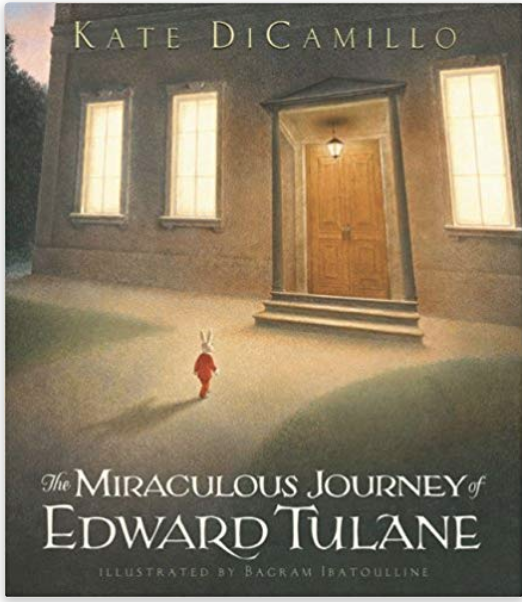
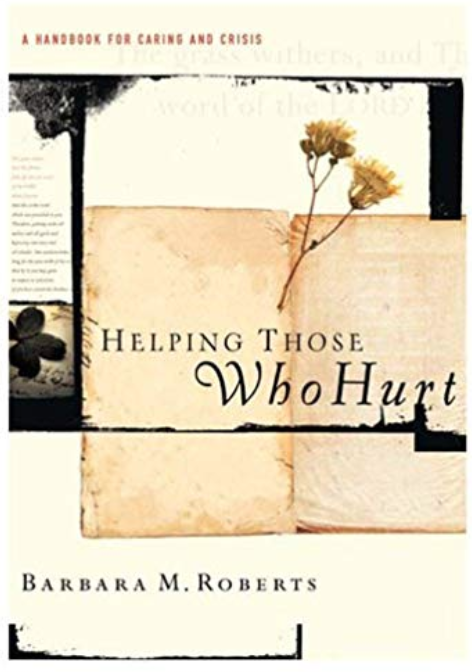
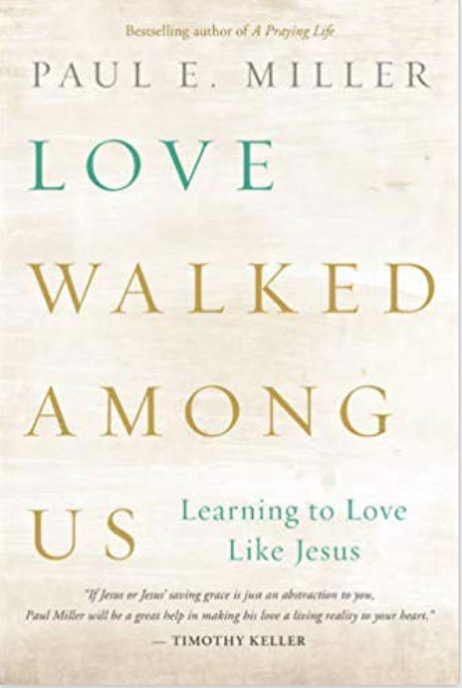
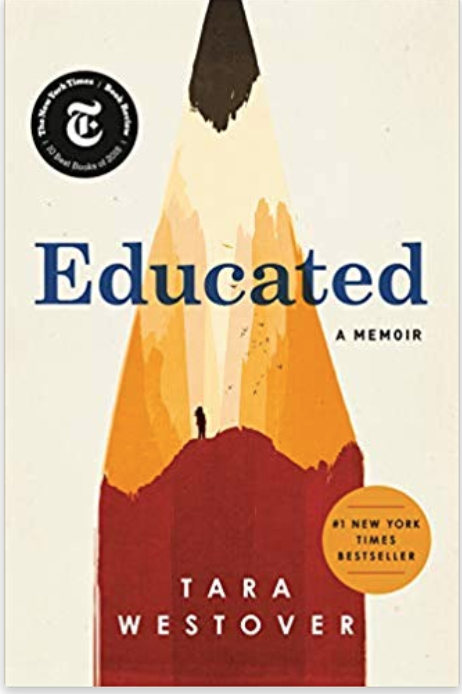
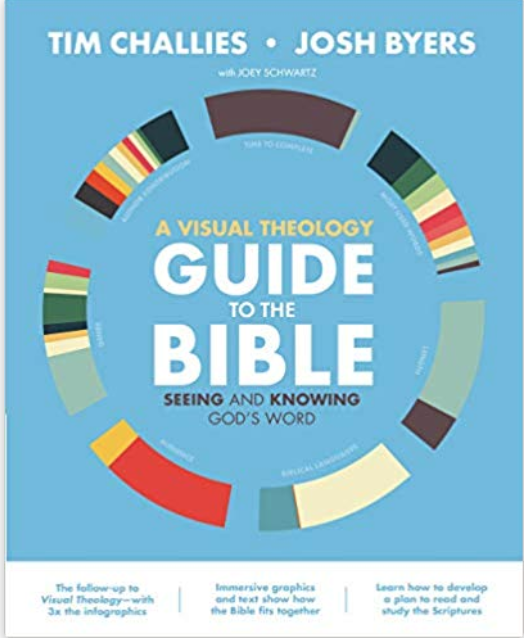
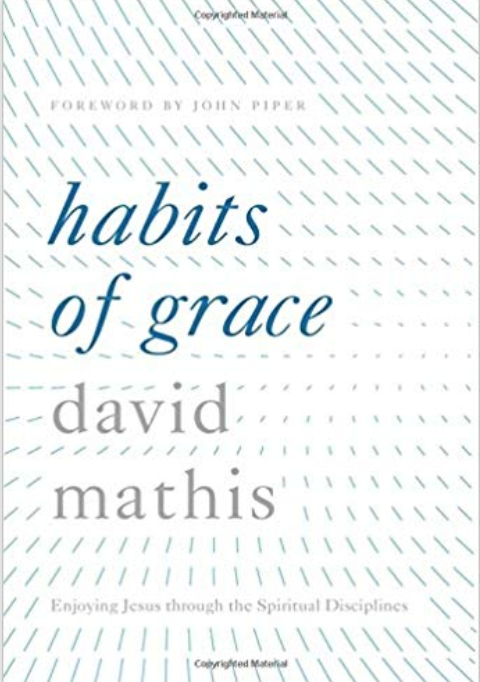
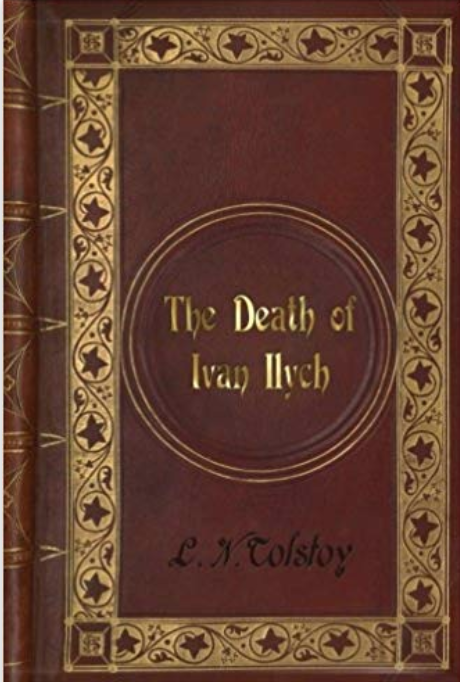
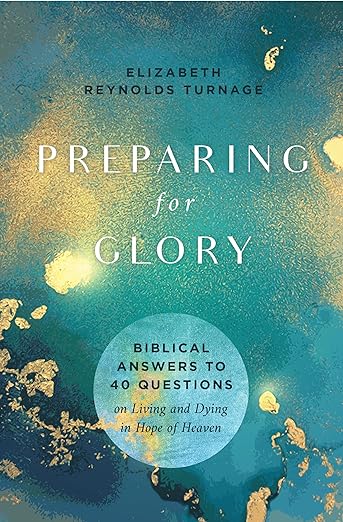
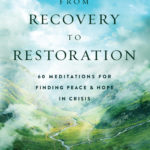


![When’s the last time you highlighted your weakness?
Therefore I will boast all the more gladly in my weaknesses, so that the power of Christ may rest upon me. 2 Cor. 12:10
All-Powerful God,
We confess,
we in Western culture
crave power, control, and independence.
The last thing we want
is to seem weak.
And yet, weakness is the way of Christ,
so it must be our way as well.
The apostle Paul understood that,
so in the face of accusations
that he wasn’t an apostle,
he countered the boasting of the “super-apostles”
with some boasting of his own:
“If I must boast,
I will boast of the things
that show my weakness” (2 Cor. 11:30).
And then he mentions how he was lowered in a basket through the window of a wall in Damascus, of all places,
a place he went to persecute Jews only to be knocked down on the road,
struck blind, by his Lord and Savior himself.
Paul shares many other weaknesses in 2 Corinthians,
a book that’s all about weakness as the way
of followers of Christ.
He asked that you would relieve him from a “thorn in the flesh,”
but you did not.
Instead, you said,
“My grace is sufficient for you,
for my power is made perfect in your weakness” (2 Cor. 12:9).
Lord, we know we really are weak —
[for each of these areas, name any weaknesses you have]
weak in our bodies,
weak in our work,
weak in our wills,
weak in our faith,
weak in our hope,
weak in our love.
We believe
that you your power is made perfect
in and through our weakness.
Help our unbelief.
In Jesus’s name. Amen.
Read 2 Corinthians 11:30-12:10.
#Dailyprayer #devotional
#hopewriterlife #goodnewsfeed #votd #Biblestudy #dailydevotions #grace #dailyverse #womensministry #aging
#gospelshaped #shereadstruth #womenoftheword #christianliving](https://www.elizabethturnage.com/wp-content/plugins/instagram-feed/img/placeholder.png)